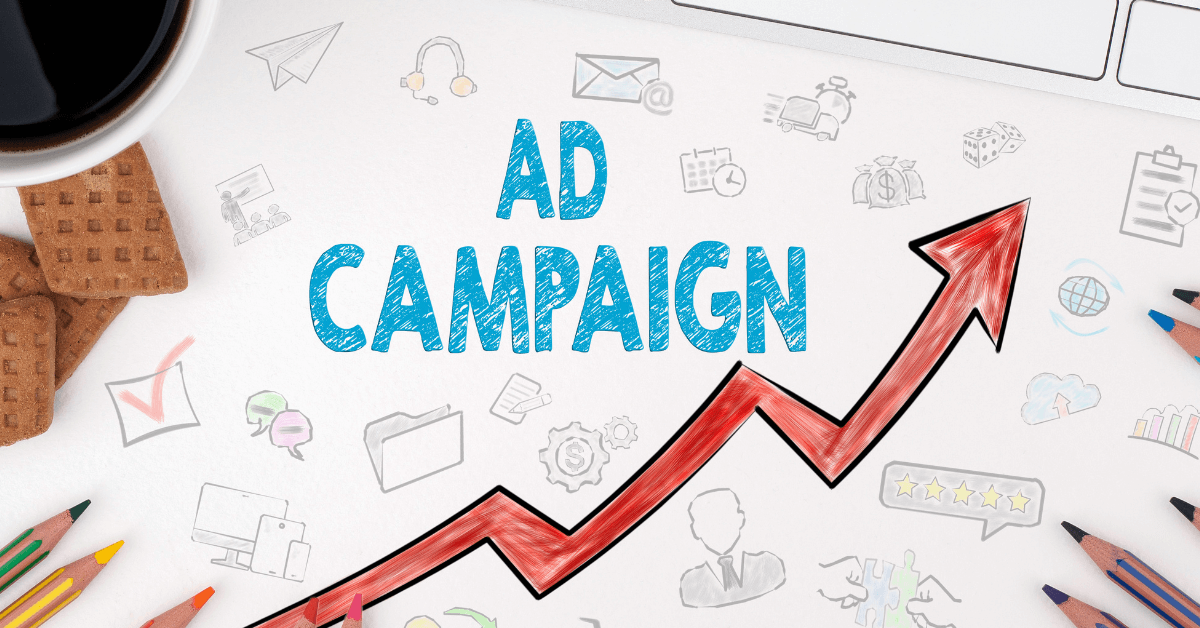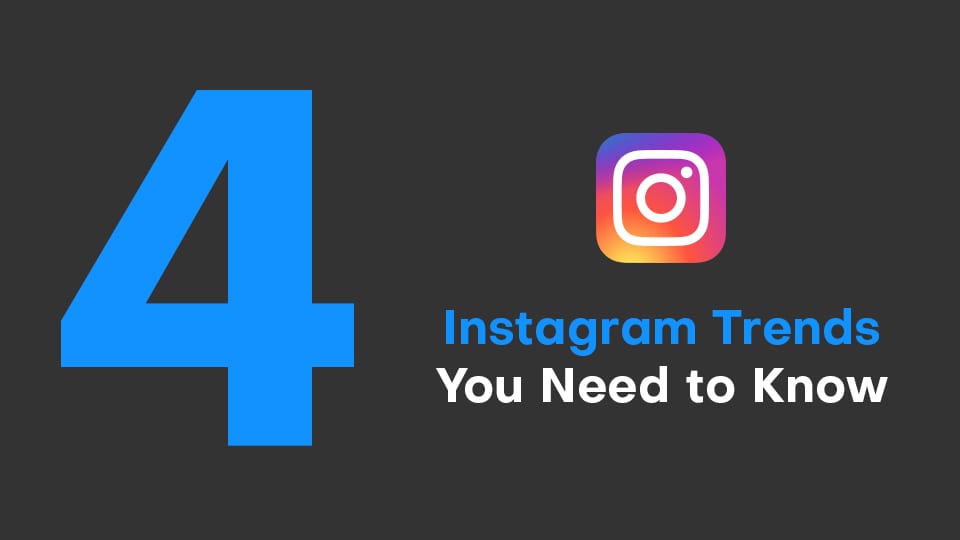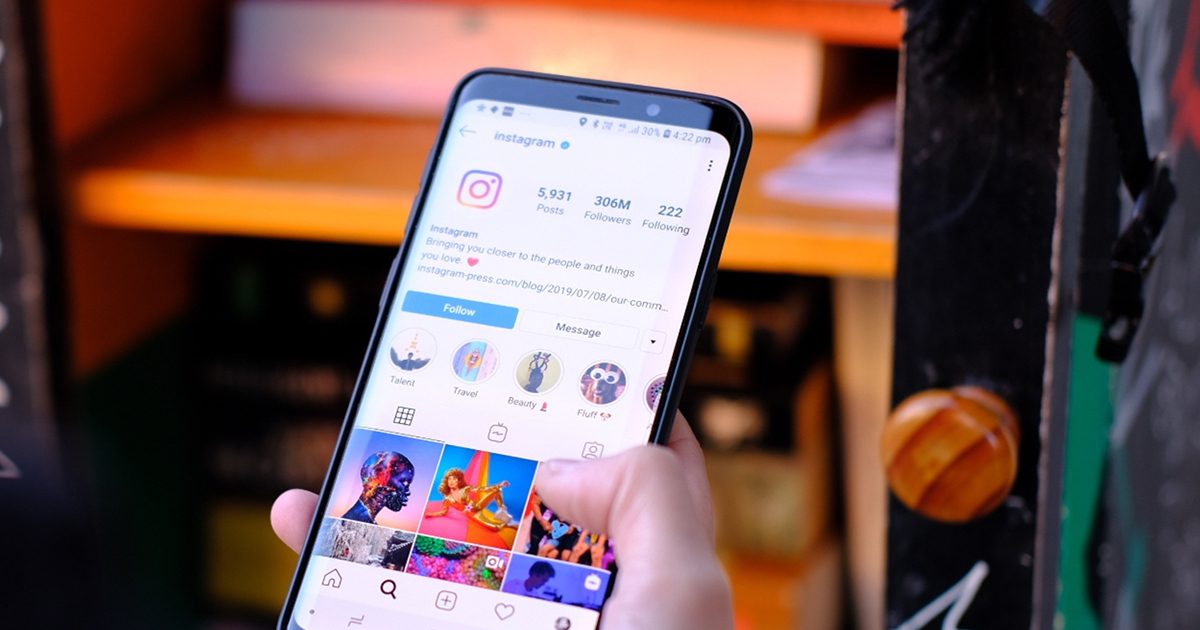We all have a love/hate relationship with Facebook ads. As business owners, we love the opportunity to leverage a sizeable platform to share our message, but we hate how complicated the algorithm can be (especially since it’s always changing). As consumers, we love when the perfect product shows up in our feed that we didn’t know we couldn’t live without, but we hate getting spammed with the same ad too many times or being served irrelevant ads.
Yes, Facebook ads can be a powerful tool if you’re looking to reach a broader audience, but if your ad campaign isn’t performing well, you might be left wondering what went wrong. The truth is, there are multiple factors at play when it comes to ad engagement on Facebook, and understanding them can help you make smarter decisions so your advertising dollars work harder for you.
Why is Facebook Ad Reach So Low With Website Conversion?

Facebook’s algorithm takes multiple factors into account to decide whether your ad is shown to the right people, including your ad’s relevance score. This score measures how well your ad resonates with the audience it’s targeting, and if the score is low, it can impact your ad’s reach.
Conversion-focused ads tend to be even more selective, so a low relevance score might indicate that your ad isn’t connecting with the right audience, or that your landing page isn’t optimized to handle the traffic you’re aiming to generate.
Wondering what might have gone wrong if your ad’s relevance score is low? Here are a few potential culprits that could be damaging your ad quality.
1. Not Reaching Your Target Audience
A common reason your ads aren’t performing well is that you’re not reaching the right people. Facebook’s detailed targeting options are powerful tools, but using them incorrectly can hurt your ad campaign more than help it.
Audience Size Is Too Small or Too Large
If your audience is too small, Facebook doesn’t have enough data to properly optimize ad delivery. This can result in your ad being shown infrequently, which limits your overall exposure. A small audience can also lead to higher costs per impression or action, making it harder to achieve an efficient return on your ad spend.
On the flip side, if your audience is too large, your ad could be shown to a wide range of people, many of whom might not be interested in what you’re offering. While this may increase your reach, it often results in low engagement and poor conversion rates because your ad isn’t connecting with the right users. A diluted audience can also lead to poor ad relevance scores, which means Facebook’s algorithm will deprioritize your ad, reducing its reach even further.
Targeting the Wrong Audience
If your ad campaign is targeting similar audiences that overlap, you’re spending money showing the same ad to people who aren’t your ideal customers. To improve your ad campaign, aim to find a middle ground. Use Facebook’s custom audience tools to create an audience that’s large enough for meaningful data collection but narrow enough that it focuses on people who are genuinely interested in your product or service.
2. Problems With Your Ad Creative
Even with the perfect targeting, poor ad creative can hold back your campaign. Your ad’s design, format, and overall quality are the first things users notice, so making sure these elements are strong will help drive engagement and action.
Wrong Ad Format
Are you using the right format for your goal? Different ad sets cater to different objectives, and choosing the wrong one can hurt your ad’s performance. For instance, if you’re aiming for video views but using a static image, you’re less likely to capture attention or encourage Facebook users to engage with your content. Make sure the format you choose—whether it’s video, carousel, or slideshow—aligns with the goals of your ad campaign.
Poor Design
Design plays a huge role in whether your ad gets noticed or ignored. Ads with cluttered visuals or unclear messaging are easy to scroll past. A clean, visually appealing design that matches your brand and stands out in a user’s feed can make all the difference. Invest time in creating high-quality images or videos that resonate with your audience and prompt them to take action.
3. Weak or Irrelevant Ad Copy
Your ad copy is just as important as your visuals. Even if you’re targeting the right people, weak copy can result in poor performance. The message in your copy needs to be clear, concise, and compelling if you want to drive engagement and action.
Unclear Ad Copy
If your message isn’t clear, users won’t know what you’re offering or why it matters to them. Vague or confusing language can lead to low engagement because people simply don’t understand what you’re promoting. Be direct and to the point—let your audience know exactly what you’re offering and why they should care.
And while it’s tempting to include all the details about your product or service in your ad, too much text can overwhelm viewers. Focus on the most important details and use short, impactful sentences to grab attention quickly.
4. Incorrect Budget Allocation
Even with great creative and precise targeting, if your ad spend isn’t properly managed, your ads may not perform as expected. If your budget is too low, Facebook’s algorithm may struggle to deliver your ad effectively. With a low budget, your reach becomes limited, and your ad delivery might not gather enough data for optimal performance. To get the results you want, sometimes you simply need to spend more money.
Incorrect Bid Strategy
Facebook offers different bidding strategies, and choosing the wrong one can negatively impact your ad’s performance. If you’re using automatic bidding and aren’t seeing good results, it may be because Facebook is prioritizing lower-cost placements that might not be the most relevant to your audience.
Exploring manual bidding options can give you more control over how much you’re willing to pay for each impression, click, or conversion. By adjusting your bid strategy, you can fine-tune your ad delivery and potentially increase ad engagement or conversion rates.
5. Ineffective Landing Page
A great Facebook ad is only part of the equation. Once users click through, they need to land on a page that encourages them to take action. If your landing page isn’t optimized for conversions, you’re likely to lose potential customers, regardless of how good your ad campaign is.
Conversion Rate Optimization for Landing Pages
To increase the chances of converting visitors, your landing page needs to be designed with conversion rate optimization (CRO) in mind. CRO is one of our most impactful organic SEO solutions because it focuses on turning your existing traffic into customers without needing to constantly drive new visitors.
Here are some tips for conversion optimization:
- Ease of Navigation: Keep the design clean and intuitive. Important information should be front and center, and users should be able to easily find what they’re looking for without scrolling or clicking through multiple pages.
- Quick Load Time: Speed matters, and optimizing your page to load quickly—especially on mobile devices—can help retain users and improve conversion rates.
- Clear Conversion Opportunities: Your landing page should guide users toward taking action. This includes having a well-defined CTA (such as a “Buy Now” or “Sign Up” button) that stands out.
6. Not Using Retargeting
Facebook’s Meta Pixel allows you to retarget users who have previously interacted with your website or other ads. If you’re not using this tool, you’re missing out on opportunities to bring those people back.
The Meta Pixel helps track user behavior and allows you to create retargeting campaigns for people who have shown interest in your product or service. This can be a highly effective way to boost conversions, as it targets individuals who are already familiar with your brand.
7. Lack of A/B Testing
A/B testing allows you to compare different versions of your ad to see which one performs better. Whether it’s testing different headlines, images, ad copy, or CTAs, small changes can have a significant impact on ad engagement and conversion rates.
By running A/B tests, you can gather data on what resonates best with your target audience and continuously refine your ad strategy based on real performance metrics. Testing helps you avoid wasting money on underperforming ads and ensures you’re putting the most effective version of your ad in front of potential customers.
How to Improve Your Facebook Ad Performance

Here are some of our top tips for improving your Facebook ad performance:
- Regularly review your ad performance metrics within Facebook Ads Manager to identify trends and areas for improvement.
- Experiment with different ad formats, such as video, carousel, or slideshow, to see what resonates best with your target market.
- Adjust your target audience settings to include or exclude specific demographics to improve your reach.
- Optimize your budget allocation to focus on high-performing ad sets.
Facebook ads can be a great way to reach new customers, but they require careful strategy and continuous refinement to truly succeed. For business owners looking to get the most out of their ad spend, combining Facebook ads with strong SEO practices can make an even bigger difference.
At Purebred Marketing, our conversion rate optimization and organic SEO services are designed to drive results by turning your traffic into paying customers. We can help you bring the two together into a cohesive marketing strategy that improves your ad performance and boosts your online presence.







